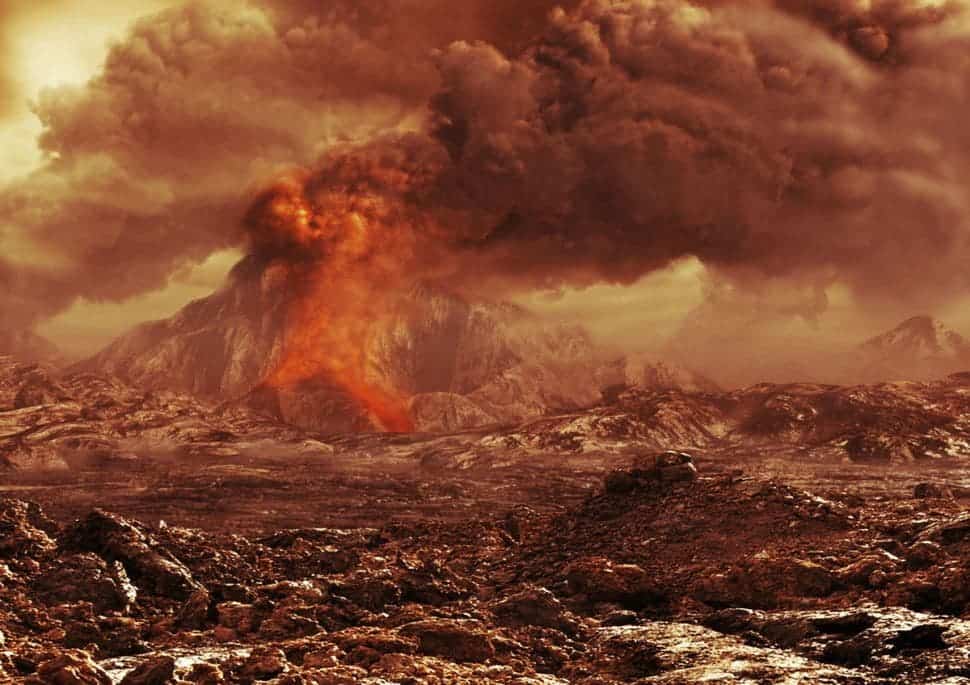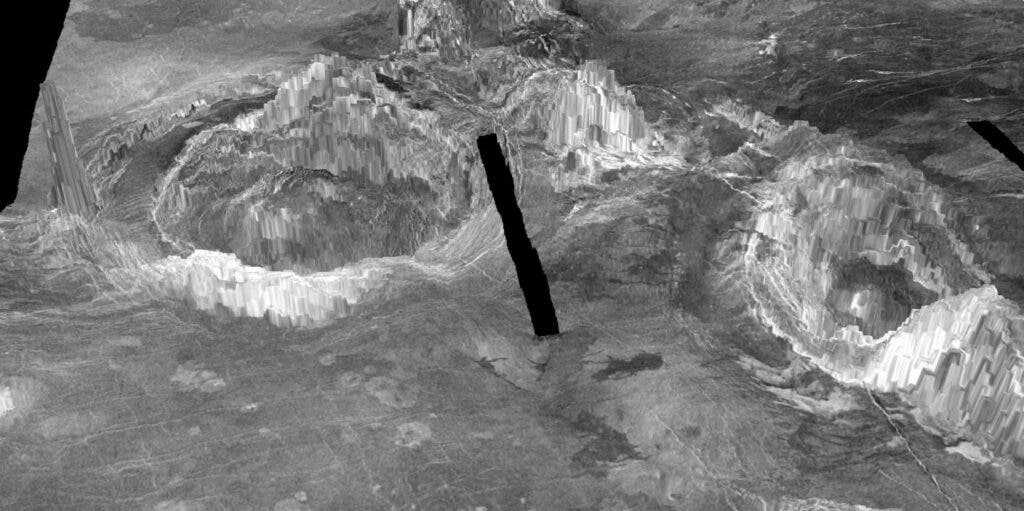
The year 2020 started off on a good foot for Venusian lovers. Data from the European Space Agency’s Venus Express probe suggests that not all on the Solar System’s hottest planet is dead. A previous study published in Science Advances had found that active volcanoes most likely still existed on the surface of the planet. Now a new report published in the journal Nature Geoscience has identified 37 recently active volcanic structures.
“This is the first time we are able to point to specific structures and say ‘Look, this is not an ancient volcano but one that is active today, dormant perhaps, but not dead,'” said Laurent Montesi, a professor of geology at the University of Maryland (UMD) and co-author of the research paper. “This study significantly changes the view of Venus from a mostly inactive planet to one whose interior is still churning and can feed many active volcanoes.”
Venus has been found to harbor more volcanoes than any other planet in the solar system with over 1,600 major known volcanoes or volcanic features. Some say that there could be anywhere from 100,000 to one million smaller ones.
Scientists have known for quite some time that Venus has a younger surface than planets like Mercury and Mars, which have cold interiors. Evidence of a warm interior and geologic activity dots the surface of the planet in the form of ring-like structures known as coronae, which form when plumes of hot material deep inside the planet rise through the mantle layer and crust. This is similar to the way mantle plumes formed the volcanic Hawaiian Islands.

However, it was originally believed that the coronae on the planet most likely pointed to signs of ancient activity, and that Venus had cooled enough to slow geological activity in the planet’s heart and harden the crust so much that any warm material from deep inside Venus would not be able to puncture through. The specific processes by which mantle plumes formed coronae on Venus and the reasons for variation among coronae have been matters for discussion.
Named after the Roman goddess of love and beauty, Venus is similar in structure and size to Earth, but the former planet’s thick, toxic atmosphere traps heat in a runaway ‘greenhouse effect.’ The scorched world is the hottest in our Solar System (the average temperature is 864 degrees Fahrenheit / 422 Celsius) and has temperatures high enough to melt lead. So hot, that the longest a probe was ever able to survive on the surface was the Russians’ Venera 13 which lastest just a shade over two hours.
The active coronae on Venus are clustered in a handful of locations, which suggests areas where the planet is most volcanically active, which can provide clues as to the workings of the planet’s interior. The study’s results can also help identify target areas where geologic instruments should be placed on future missions to Venus, such as Europe’s EnVision which is scheduled to launch in 2032.

In this latest study, the researchers used numerical models of thermo-mechanic activity beneath the surface of Venus to create high-resolution, 3D simulations of coronae formation. This helped identify features that are present only in recently active coronae. The UMD researchers were then able to match the observed features to those found on the surface of Venus, revealing that some of the variation in coronae across the globe represents different stages of geological development.
“The improved degree of realism in these models over previous studies makes it possible to identify several stages in corona evolution and define diagnostic geological features present only at currently active coronae,” said Montesi. “We are able to tell that at least 37 coronae have been very recently active.”
The report provides some of the first evidence that coronae on the planet are still evolving, indicating that the interior of the planet is still churning away.






